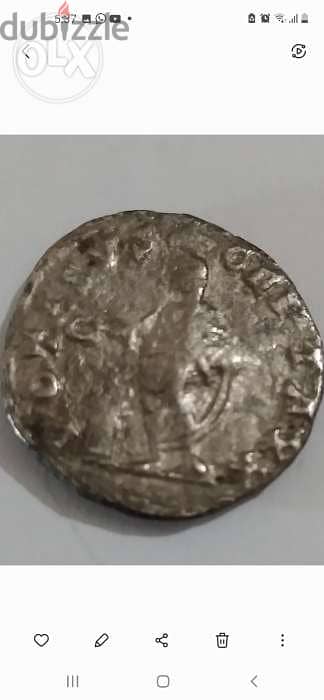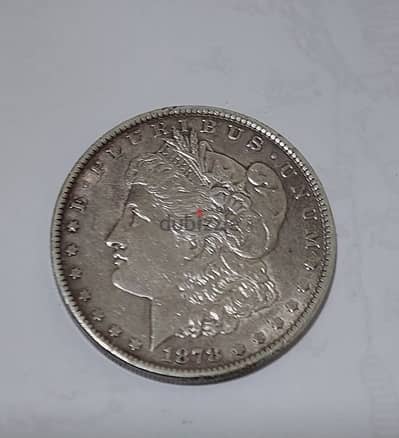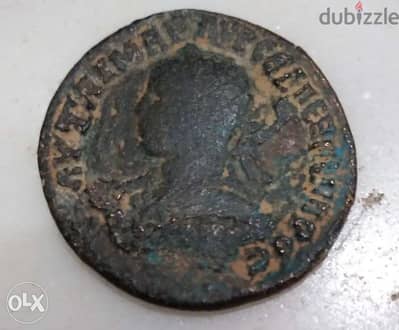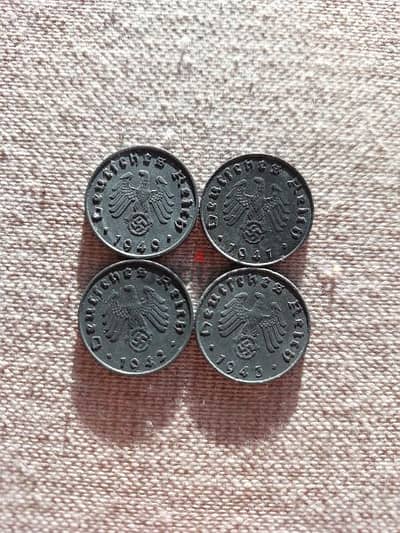1 / 2
Details
TypeCurrency
ConditionUsed
Description
Phoenician Coin of Roman Emperor Caracalla the emperor from 198 to 217 AD with the Murex shell the symbol of the Phoenicians. ⁹ Three thousand years ago the Phoenicians controlled trade in purple dyed silks. The gland of the sea-snail Murex trunculus secretes a yellow fluid that, when exposed to sunlight, turns purple-blue. A similar dye, the Tyrian Purple was made from the Murex brandaris yielding purple red colors. Both dyes were extremely expensive.
Ancient Phoenicia is renowned to have given the world the first phonetic (non syllable) based alphabet, a Mediterranean mercantile tradition with colonies like Carthage, and flourishing civilization the ancient Greeks owed a lot to. One lesser known contribution of the ancient "Lebanese" is the Purple Dye which came to be known as the Imperial Purple, that the Phoenicians of the city state Tyre extracted from the sea snail mollusks called Murex". The word 'purple' comes from the Old English purpul which originates from the Latin purpura. This in turn is derived from the Koine Greek πορφύρα (porphyra), name of the Tyrian purple dye manufactured in classical antiquity from a mucus secreted by the spiny dye-murex snail such as Murex trunculus and Murex brandaris. This extremely expensive dye was prized since ancient times and by the time of the Romans, the noblemen had already used it to color ceremonial robes and that became a royal "tradition" around the world. The most unusual aspect of Tyrian purple is the extracted color itself and its variations. In solution, the snail secretion color is blue but as a dye in the solid state it is purple. Just in case you just have to touch up an original Roman textile you can get genuine Tyrian purple dyes for more than 4000 usd per gram. Very genuine authentic coin. To see more press on "Mohamad"
Location
Lebanon
Ad id 112544536
Report this ad
Related ads
Listed by private user
Mohamad
Member since Nov 2016
See profile
Your safety matters to us!
- Only meet in public / crowded places.
- Never go alone to meet a buyer / seller, always take someone with you.
- Check and inspect the product properly before purchasing it.
- Never pay anything in advance or transfer money before inspecting the product.





